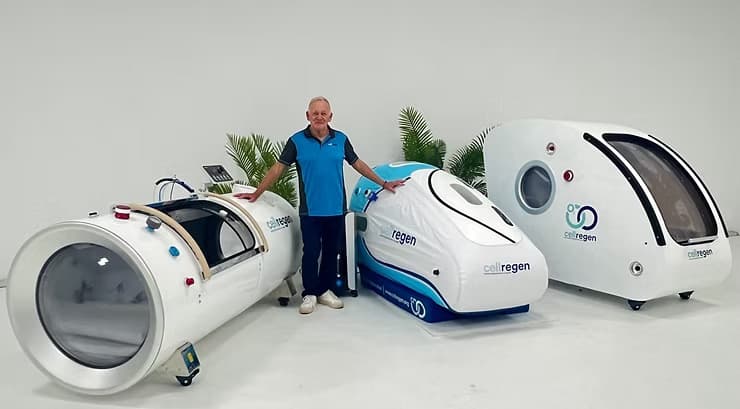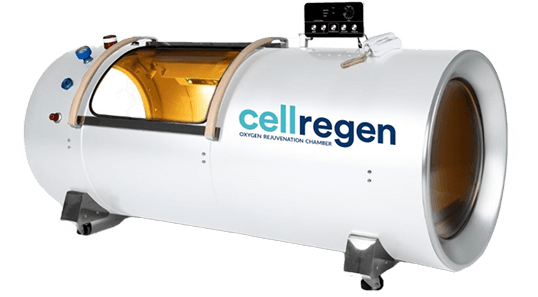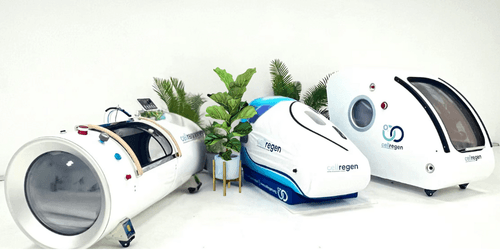
At CellRegen, we’ve seen firsthand the incredible transformations possible through mild Hyperbaric Oxygen Therapy (mHBOT) — including patients recovering mobility after stroke, children with autism beginning to speak, and even MS sufferers reducing medications under medical supervision.
But despite this, mHBOT remains underutilised in mainstream medicine. So why isn’t mHBOT part of mainstream medical care? Today, we want to highlight the importance of Hyperbaric Oxygen Therapy (HBOT), explore the barriers preventing it from becoming mainstream and share real-world videos that show the powerful results it can deliver.
Despite promising results and powerful patient stories, several key barriers keep mHBOT on the sidelines of modern medicine:
Lack of Large-Scale Trials
mHBOT studies exist but are often small
Larger, expensive trials are usually funded by pharmaceutical companies — and oxygen can’t be patented
Limited Insurance & Regulation
Insurance covers HBOT for only a few acute conditions
Off-label uses (like chronic inflammation or fatigue) are rarely reimbursed
A Pharma-Driven Medical Model
Doctors are trained to diagnose and prescribe
Natural, non-invasive therapies like mHBOT don’t fit the model — and are often overlooked in training
Cost and Setup Barriers
Clinics require equipment, oxygen supply, space, and protocols
These hurdles can deter adoption, even when interest is high
Global Variation
Some countries lead in HBOT research and integration
Others are slower to change, but interest is growing rapidly
Despite these challenges, momentum is building. As more individuals experience life-changing results and word spreads through wellness communities, stroke recovery stories, and integrative health clinics, the perception of HBOT is shifting. We’re seeing a growing demand from people who are looking beyond conventional options — people who are ready to explore therapies that support the body’s natural healing capabilities. And that’s exactly where HBOT shines.
At CellRegen, we’re committed to bridging the gap — bringing HBOT to homes, clinics, and communities where it's needed most. Because when conventional approaches fall short, innovation and persistence can open the door to real recovery.
See mHBOT in action with a short video from HBOT USA, showcasing real-life recovery results using mild hyperbaric oxygen therapy:
Client Highlight: Stroke Recovery Using HBOT
We recently installed a mild Hyperbaric Oxygen Therapy (mHBOT) chamber for a client recovering from a stroke. The goal was to support neurological healing and improve mobility — especially with tasks that had become significantly more difficult post-stroke.
To monitor progress, the client agreed to a simple but telling daily test: walking up a flight of stairs after each session. On Day 1, it took 18 seconds, marked by visible effort and the need for support. By Day 14, he climbed the same stairs in just 8 seconds — with no struggle, no support, and no handrail.
This striking improvement highlights just how powerful consistent mHBOT use can be when integrated into a focused recovery plan — especially for stroke survivors seeking a way forward beyond conventional rehabilitation.
The Movement Is Growing
Interest in mHBOT is rising among wellness, longevity, and functional medicine communities — and the results speak for themselves.
At CellRegen, we’re proud to be part of this movement, offering mHBOT solutions that are safe, accessible, and built around the needs of individuals and clinics.
To learn more or request a personalised quote, visit www.cellregen.org or contact our team directly.
Until next time,
Daryle, CEO of Cellregen

